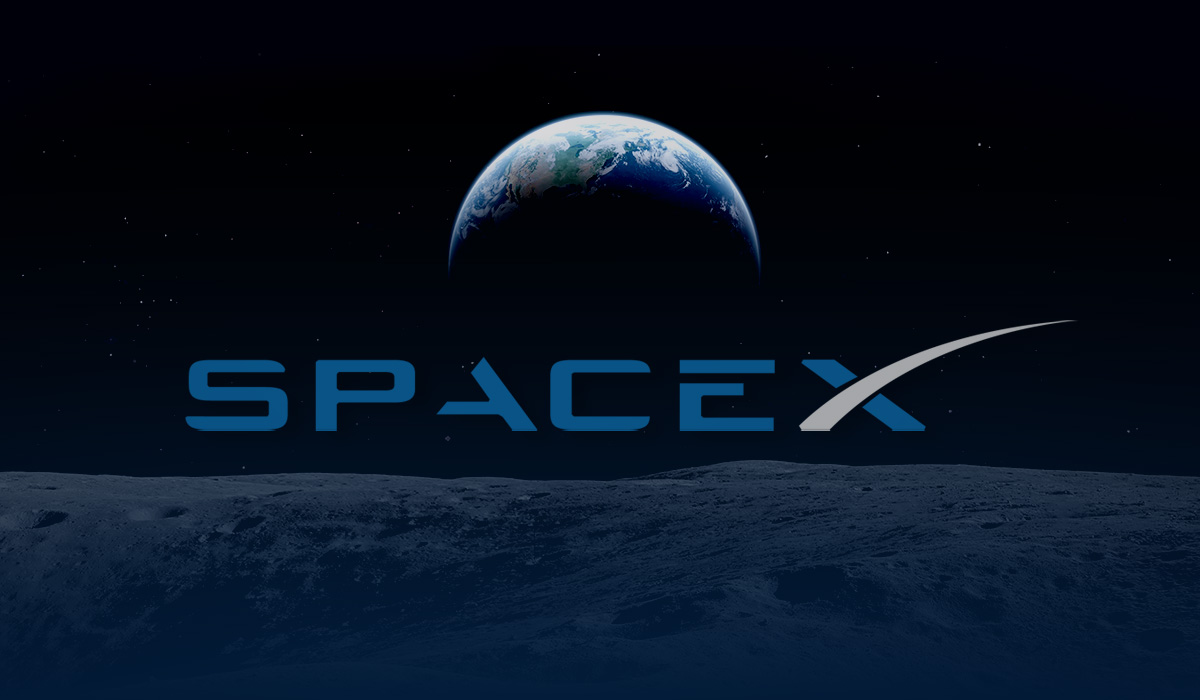Leading Thai venture capitals are parading through Creative Ventures’ second fund of US$50 million in…

A SpaceX Falcon 9 rocket has ferried Israel’s first lunar lander outside our atmosphere, setting it free to make its way to its ultimate destination: the moon. If it reaches its target successfully, Israel would be joining the U.S., China and the former Soviet Union in the list of nations to have sent a lander to our planet’s trusty companion. Unlike the three other countries in that list, Israel’s robotic spacecraft named “Beresheet” was created by a non-profit group called SpaceIL. It’s the first private moon lander and was previously a finalist for Google’s Lunar XPrize.
The organization had the most developed project among the finalists, but it still wasn’t able to make deadline. While the competition ended with no winners, SpaceIL clearly still found a way to give its creation a shot at doing what it was designed to do. The group just won’t win $20 million even if its lander accomplishes Google’s original requirements, which include being able to drive up to 500 meters (1,640 feet) on the lunar surface and to transmit HD videos and images back to Earth.
Twitter Ads info and privacy
Beresheet will spend the next couple of months orbiting the Earth and then letting the moon’s gravity pull it into the lunar orbit. It will then decrease its orbit until it finally lands on the northern lunar hemisphere sometime in April. You could say that the lander is taking the scenic route by employing that method, but SpaceIL isn’t in a hurry. Besides, the technique effective and fuel-efficient.
According to The New York Times, the lander can only last a few days at most. It will use that time to measure the moon’s magnetic field as it approaches for landing, which could shed light on the moon’s core that’s believed to be made of iron. The lander also has retroreflectors installed by NASA that can bounce back lasers beamed from Earth to get an accurate measurement of the distance between our planet and its natural satellite.
While the lander is a SpaceIL creation, NASA is still involved in the project. It will use the agency’s deep space telecommunications network to beam data back to its ground team. The team also used the images NASA provided to find the perfect landing site.
Reference : Entrepreneur.com

